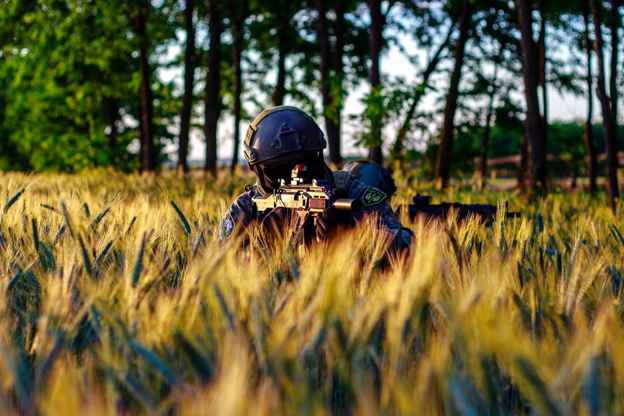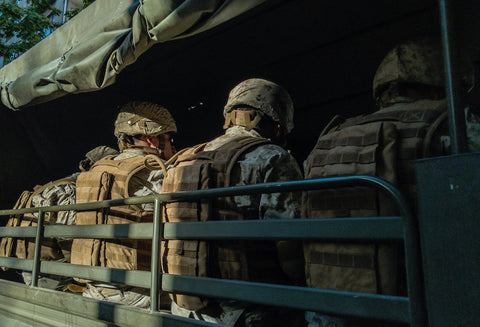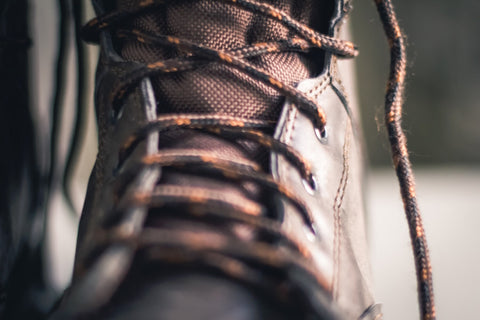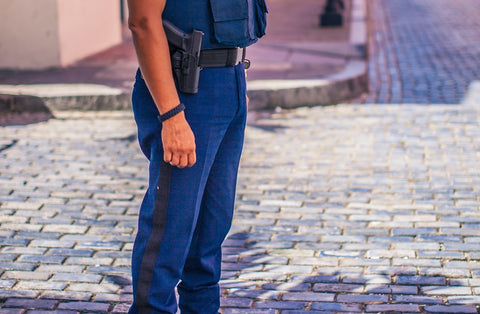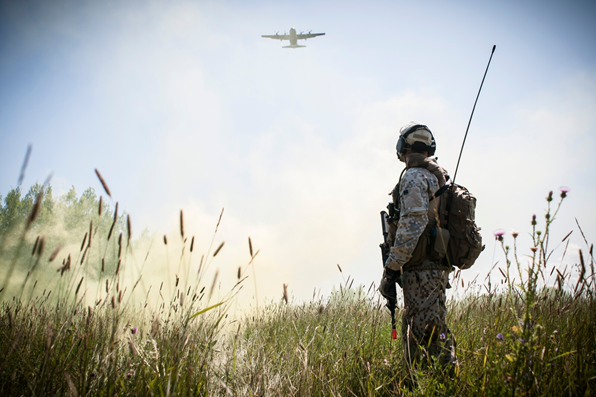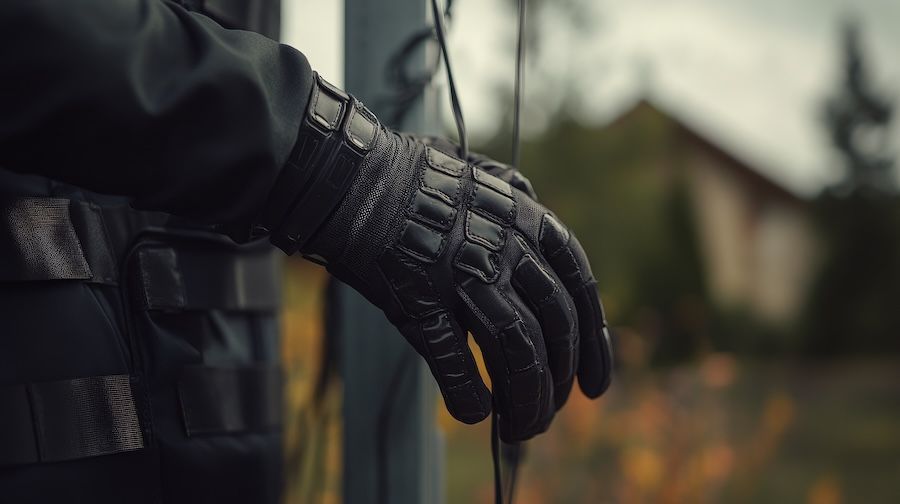Tactical Bags and Packs: Organizing Your Gear for Quick Access
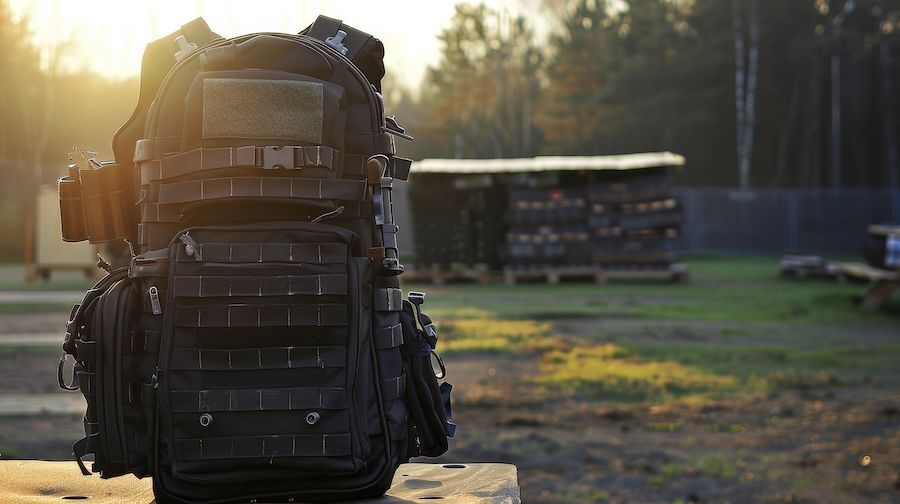
Whether you're on duty or out on an outdoor mission, your gear is only as useful as it is accessible. That’s why professionals often rely on more than just a belt.
While duty belts are essential for immediate access to high-priority tools, tactical bags and packs serve a different but equally critical purpose: keeping the rest of your gear organized, protected, and ready when you need it.
When your environment changes and your loadout expands, a bag becomes more than storage. It becomes your mobile command center.
From patrol packs to medical pouches, tactical bags are built to work with you, not against you. Built for durability, smart storage, and quick access, they’re designed to help you stay prepared in high-pressure or unpredictable situations.
But not all tactical bags are created equal. From patrol backpacks to range bags and medical pouches, each type serves a different purpose. Choosing the right one comes down to how you work, what you carry, and what kind of conditions you’re up against.
What Makes a Bag Tactical?
What sets a tactical bag apart from a regular backpack or duffel? It comes down to three key traits: durability, organization, and modularity.
Durability is a must. Reinforced stitching, heavy-duty zippers, and abrasion-resistant fabrics like 1000D nylon keep your gear safe and your bag intact, even in harsh conditions.
Organization matters too, tactical bags are packed with compartments, dividers, and clever layouts that keep your gear secure and easy to reach. And with modularity, you get MOLLE webbing and attachment points that let you customize your loadout to fit your day’s mission.
These elements combine to create a system that’s not just about carrying gear, but about carrying it with purpose.
Patrol Backpacks – The All-Day Companion
If you’re covering ground on foot for long periods - whether on patrol, in training, or out in the wild - a tactical patrol backpack is your go-to.
These bags are built to carry everything you might need during a full shift or day in the field: hydration bladders, first aid kits, food, extra clothing, and mission-specific tools. Some even include padded compartments for laptops or sensitive gear.
What makes them stand out is how they manage weight. Padded shoulder straps, sternum and waist straps, and ventilated back panels provide comfort over long hours. The compartmental design lets you grab exactly what you need without unpacking the whole bag.
A smart habit is to use colour-coded pouches inside for even faster identification, for example - red for medical, black for tools, clear for snacks or small items.
Range Bags – For the Days on the Line
Heading to the range? A tactical range bag keeps your essentials secure, organized, and easy to access, without weighing you down.
More compact than a patrol pack, these bags are purpose-built. You’ll typically find padded compartments for handguns, dividers for magazines, dedicated pouches for eye and ear protection, and loops for tools or cleaning kits.
Some models offer removable organizers or hard bases for added structure. It’s all about customizing your layout to match your range routine. A small but effective tip: keep a checklist laminated in the bag so you never forget essentials, especially for competition or qualification days.
Medical Pouches – When Seconds Matter
In emergencies, every second counts. Tactical medical pouches are designed for fast, intuitive access to life-saving tools.
They often open clamshell-style for full visibility. Inside, elastic loops and mesh pockets keep tourniquets, trauma shears, gauze, and gloves clearly arranged. Red pull tabs or patches mark their purpose, and many feature tear-away designs that can be detached in an instant.
A good strategy is to organize items by order of use. Keep gloves and tourniquet front and center, followed by wound care supplies deeper inside.
Staying Modular with MOLLE
One of the biggest advantages of tactical bags is their modularity. MOLLE webbing lets you build your own custom loadout.
Need a water bottle pouch for a short hike? Attach one. Heading into a multi-day mission? Add an admin pouch, dump pouch, or GPS holder. MOLLE lets you change your setup without changing your bag.
Some users also use carabiners or zip ties to quickly attach extra gear or secure loose straps in the field.
Access Matters: Zippers, Pulls, and Pockets
Speed and accessibility are everything. Tactical bags are built with features that make getting to your gear faster and easier.
Look for dual-zip openings, oversized pulls that work with gloves, quick-release buckles, and exterior pockets for go-to gear. Drop-down panels and top-loading compartments reduce fumbling when time is short.
A helpful method is to store frequently used items like a flashlight or multitool in top or front-access pouches so your muscle memory kicks in during crunch time.
Built to Last: Materials and Construction
Tactical bags are built for tough environments and hard use.
Most are constructed with tear-resistant nylon or polyester and waterproof coatings to fend off the elements. Zippers are often self-healing or lockable, and stress points feature reinforced stitching. Internal frames or stiff panels help the bag keep its shape, even when heavily loaded.
Investing in quality materials may cost more upfront, but it pays off in reliability - and peace of mind.
Choosing the Right Bag for Your Role
The right tactical bag isn’t necessarily the biggest or the most expensive, it’s the one that matches your job, your gear, and your movement.
If you need to haul gear on foot all day, go for a well-fitted patrol backpack. Heading to the range? A compact, customizable range bag is your best friend.
Responding to emergencies? A quick-access, tear-away med pouch is essential.
Many professionals rotate bags depending on their mission or shift. What matters most is having a system that keeps your tools organized and accessible so you’re always ready for what comes next.
One last tip: reassess your setup regularly. Your needs evolve and your gear should too.
How to Pack Your Tactical Bag
A great tactical bag isn’t just about what you carry, it’s about how you carry it. Whether you’re just starting out or you’ve packed more kits than you can count, a few smart habits can make a big difference in performance and efficiency.
Start with a layout that matches your routine. Think about what you use most often and make sure those items are the easiest to grab. Keep daily essentials like gloves, multitools, and flashlights in external or top-access pouches. Less-used items, like backup supplies or documents, can live deeper inside.
Group similar gear together. Use smaller pouches or zip bags to keep things sorted: med supplies in one, comms gear in another, food and hydration in their own. This makes it easier to resupply, clean, or hand off gear quickly.
Use colour coding or labels. For beginners, this trick makes life easier. For pros, it saves precious seconds. Red for trauma gear, blue for hydration, black for tools. Whatever system works for you, consistency is key.
Regularly review and refine your setup. What worked six months ago might slow you down today. Take a few minutes each week to unpack and reassess. Are you carrying gear you never use? Is something missing? Adjust accordingly.
Think beyond compartments. Attach carabiners for gloves or keys. Use paracord pulls to identify specific zippers by feel. Pack flat items such as maps, notebooks or gloves along the back panel to keep your centre of gravity balanced.
Run drills. If you rely on your gear in high-stress situations, practice finding it. Blindfold yourself and locate your tourniquet. Time how long it takes to load your range bag before a session. The more familiar your setup is, the more automatic your responses will be.
And remember: your bag is a tool. It should work for you, not the other way around.


